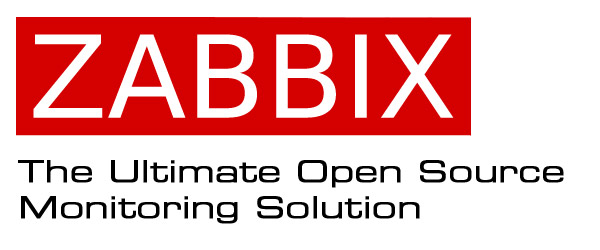The meaning of Shinken is "real sword" and is a Japanies sward that has a live forged blade.
Shinken is an open source computer system and network monitoring software application compatible with Nagios NMS. It watches hosts and services, gathers performance data and alerts users when error condition occur and again when the condition clears. Shinken aims to offer easier load balancing and higher availability.
Shinken designed to run under all operating systems where python runs. The development environment under Linux, but also runs well on other Unix variants and Windows. It is a free software, licenced under the terms of the Affero General Public license as published by the Free Software foundation.
Shinken is a monitoring system written in Python and Distributed architecture using Pyro remote objects. It monitors the hosts and services with active and passive methods.
Features:
For more details and download click here.
Shinken is an open source computer system and network monitoring software application compatible with Nagios NMS. It watches hosts and services, gathers performance data and alerts users when error condition occur and again when the condition clears. Shinken aims to offer easier load balancing and higher availability.
Shinken designed to run under all operating systems where python runs. The development environment under Linux, but also runs well on other Unix variants and Windows. It is a free software, licenced under the terms of the Affero General Public license as published by the Free Software foundation.
Shinken is a monitoring system written in Python and Distributed architecture using Pyro remote objects. It monitors the hosts and services with active and passive methods.
Features:
- Monitor network services such as SMTP, POP3, HTTP, NNTP, ICMP, SNMP, FTP, SSH, etc.
- Monitor host resources such as process load, disk usage, system logs on a majority of network operating systems including windows using agent and agent-less methods.
- Simple plugin design that allow users to easily develop their own service check depending on needs.
- Live status compatible API that exposes state, configurations and performance information.
- Export data to graphing modules.
- Support for native messaging API for android.
- Personalized service and host checks avalable.
- Ability to distribute poller process on multiple servers.
- Support for implementing easy redundant and load balanced monitoring hosts.
- Support for multiple redundant external interfaces.
- Support for integrated business rules such as calculate hosts or services repeating the state of a business service and support assigning a business impact to each service, host or business process.
- Ability to show only root problems.
- Sends notification when service or host problem occurs and get resolved via email, pager or SMS or any user defined method through plugin system.
For more details and download click here.




















